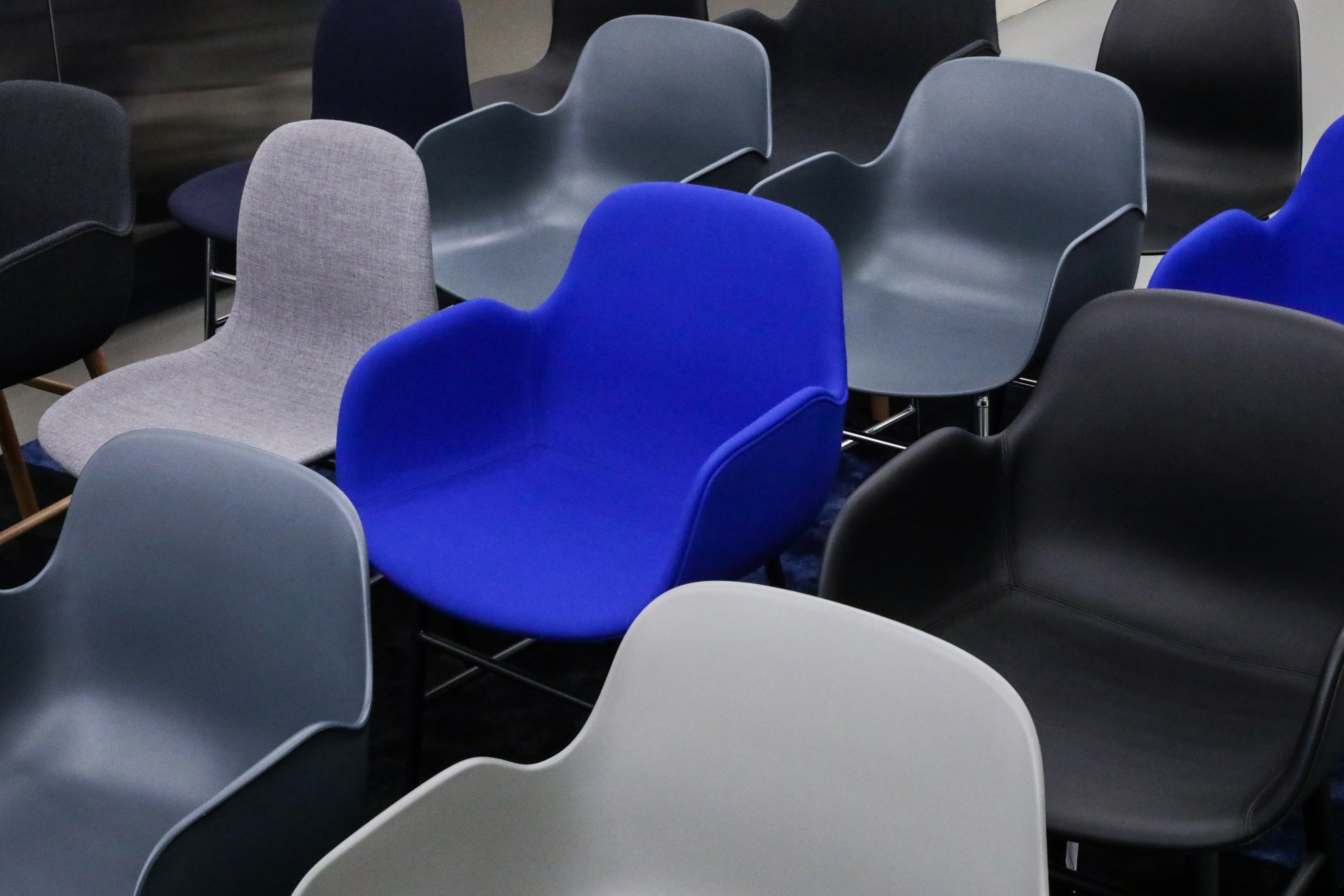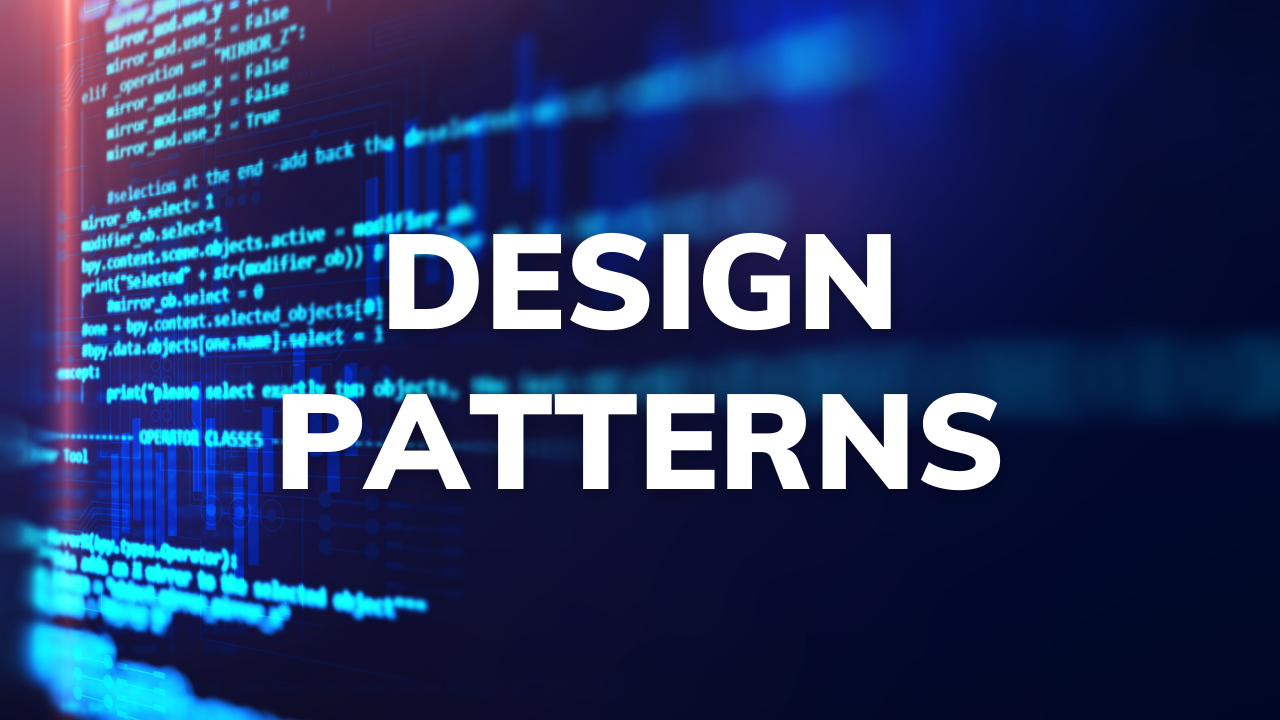
Bridging Design and Technology: Dieter Rams' Influence on Modern Software
By Arjan Egges
Can principles of German industrial design from the 1970s influence modern software development? Surprisingly, the answer is a resounding yes. Dieter Rams, a renowned German industrial designer, established “Ten Principles for Good Design” while working at Braun. These principles, initially meant for physical products like radios and shavers, have transcended their original purpose. Notably, they have profoundly impacted everything from Apple products to software design.
1. Innovation in design and software
Principle: Good design is innovative.
In the realm of software, innovation can take various forms, from introducing AI to leveraging new Python features. However, innovation should enhance utility and intuitiveness, not complicate it. Overuse of features like decorators in Python, just for the sake of using them, can detract from the software’s purpose - it’s like adding a spoiler to a minivan, looks cool but serves no real purpose.
2. Balancing functionality and aesthetics
Principle: Good design makes a product useful.
Effective software should fulfill a need without overwhelming the user. It’s about striking a balance between being feature-rich and user-friendly. In Python, this could mean avoiding overly complex functions with too many parameters or ensuring that error messages are informative yet concise. For instance, instead of cryptic error codes, provide clear descriptions of what went wrong and possible steps to resolve it (Unfortunately, easier said than done 😞).
3. The aesthetic aspect of code
Principle: Good design is aesthetic.
The visual appeal of software, including its user interface, plays a crucial role in its usability. Similarly, in coding, aesthetics translate to well-structured, clean code that is easy to maintain and extend.
4. Making software self-explanatory
Principle: Good design makes a product understandable.
Software should be self-explanatory, with intuitive interfaces and comprehensive documentation. Good naming conventions and well-organized modules are key in Python.
5. Software as a flexible tool
Principle: Good design is unobtrusive.
Software should serve as a tool that adapts to my needs, not dictate them. In Python, this means avoiding overengineering and sticking to simple, effective solutions.
6. Transparency in software development
Principle: Good design is honest.
Software should be transparent about its capabilities and limitations, especially regarding performance, features, and data privacy.
7. Building for longevity
Principle: Good design is long-lasting.
Good software design stands the test of time, emphasizing scalability and maintainability. In Python, this involves creating decoupled, generic modules.
8. The devil is in the details
Principle: Good design is thorough down to the last detail.
Attention to detail can significantly enhance user experience, from UI micro-interactions to ensuring data integrity in backend systems. No matter how much of a pain it can be, you shouldn’t forget to refactor and simply you code, as this is also included in the principle - remember, even the best pizza out there can be ruined by topping it with pineapple!
9. Eco-friendly software practices
Principle: Good design is environmentally friendly.
Efficient software minimizes its carbon footprint, an aspect that extends to organizational practices like using renewable energy sources.
10. Embracing simplicity
Principle: Good design is as little design as possible.
Keep it simple, stupid! - No, I’m not insulting you. The commonly called KISS principle aligns perfectly in this case. Software should be straightforward, focusing on essential features and avoiding unnecessary complexities. This will further help diagnose the code and help identify problems more easily.
Final thoughts
These ten principles offer a unique perspective on software development. They encourage Python developers to consider aspects beyond mere functionality, such as user experience, sustainability, and aesthetic value. Additionally, familiarizing yourself with software-specific design principles like SOLID or GRASP can further enhance your development skills.
If you want to learn more about these, you can read our blog on the SOLID principles.


